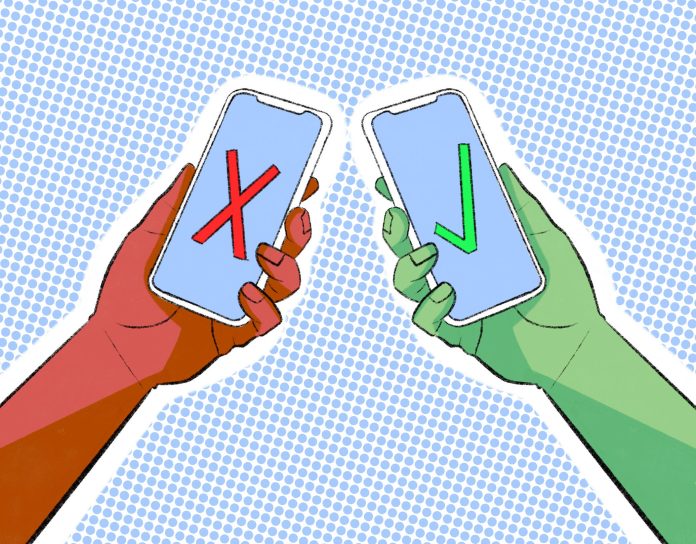Eric Kwon
Science & Technology Editor
Apple released the new iPhone 13 two weeks ago, the successor to their popular iPhone 12. Most smartphones tend to have incremental upgrades — the iPhone 13 is no exception. One thing to note is that the two phones share a similar price point (at least prior to the iPhone 12 price dropping), so the new phone seems to be a deliberate incremental upgrade.
Of course, it is not to say the iPhone 13 does not easily trump its predecessor, though it may not have obvious differences. Key differences include a smaller notch at the top of the display (20 percent smaller) and bit more weight (made up by a bigger battery). Also, despite both phones having the same display in dimension, the iPhone 13 boasts a much brighter display (28 percent brighter). As expected, the newer model also has a better camera, including the capacity to take better low-light shots and a new Cinematic Video Mode. The iPhone 13, of course, has a faster processor (A15 vs A14 chip).
The company’s latest release is not revolutionary, but with their history of making big design choices, it’s hard to say what will come next. Their decision to take away the headphone jack on their iPhones, for instance, forced the rest of the tech industry to follow suit. As Apple is such an influential force in the industry, other companies may feel safe to make small yet expected changes to their products as well right now. Looking out for Apple’s inevitable decision to revamp their design, which typically occurs every four years, they may feel compelled to do the same on their end.
Despite what seems to be a meager change to Apple’s brand new smartphone, the impacts of this change will nonetheless be felt. UC Santa Barbara (UCSB), and other college campuses in general, are permeated by Apple’s products and branding. In multiple studies, Apple products have been revealed to be used by mostly college students, and even students who do not have Apple products say that they prefer using them.
The UCSB Campus Bookstore even stocks official Apple products. There is no equivalent that parallels the relationship Apple has with its student customers. They have dedicated education pricing that aims to give students special discounts and offers like free AirPods for those that purchase a Macbook or iPad Pro.
Especially with the prominent ecosystem that Apple has that incentivizes customers to buy other Apple products (which allows customers to have a more seamless experience across their Apple devices), it is not hard to imagine the level of permeability that the new iPhone will have across college campuses.
Though Apple products are touted by college students for their reliability and longevity, there are some caveats. Though Apple does have its ecosystem, that same ecosystem prevents Apple users from working with other people that do not use Apple products. College students have to work with different peers for projects and the like, so it seems odd to always have that hurdle in place. Apple’s operating system for their Macbooks, macOS, has proprietary software. For instance, its word processor Pages is only available on other Mac devices, unlike Microsoft Word which works for both macOS and Windows devices. Even on UCSB’s GauchoSpace, Safari (Apple’s dedicated web browser) is notorious for its incompatibility with the page. Similarly, only certain apps work with Apple’s different operating systems, making it difficult to work with devices outside that ecosystem.
To Apple’s credit, there is a certain kind of novelty when using their products. Their Macs have a distinctive yet incredibly sturdy build, and their visual interface is beautifully simple. Perhaps the expected anticipation for a marginally better iPhone is a reflection of Apple’s gatekeeping on college campuses. Apple has become a status symbol in of itself — reinforced by the ecosystem that keeps other competitors out — and it will be interesting to see if customers stick to their current iPhones or make the leap to the iPhone 13.
If the current trend continues, an incredible number of college students will make the jump to the iPhone 13. It will be compelling to observe how it shifts college culture, though it may be similarly incremental. The thought of what Apple competitors might bring in response is intriguing and worthy of anticipation.











